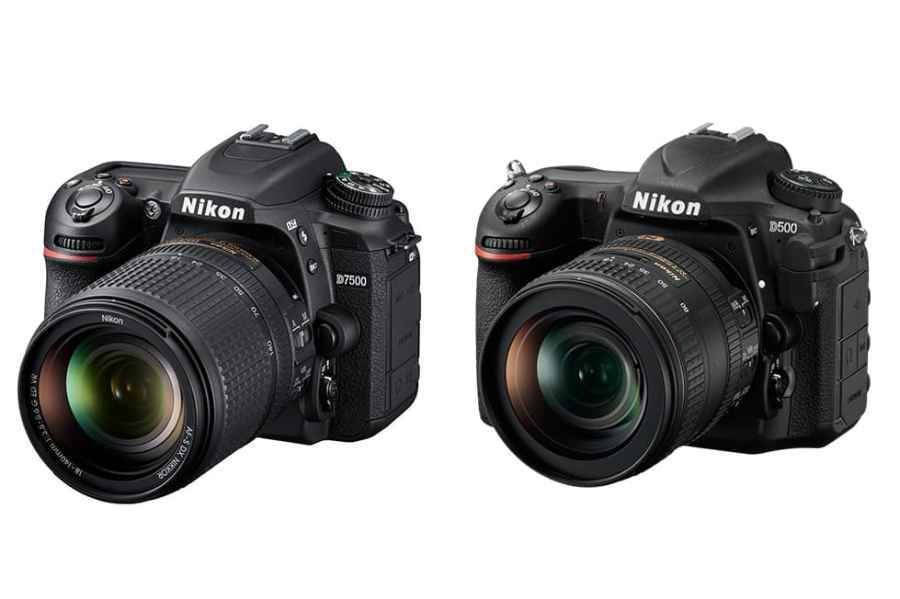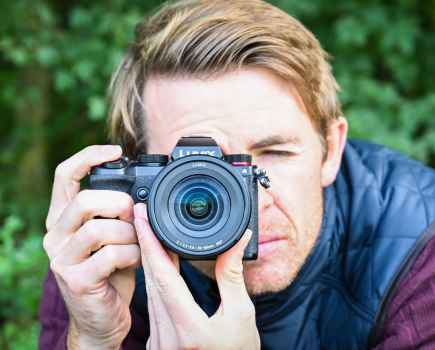Nikon D7500 vs Nikon D500: Sensor and Processor
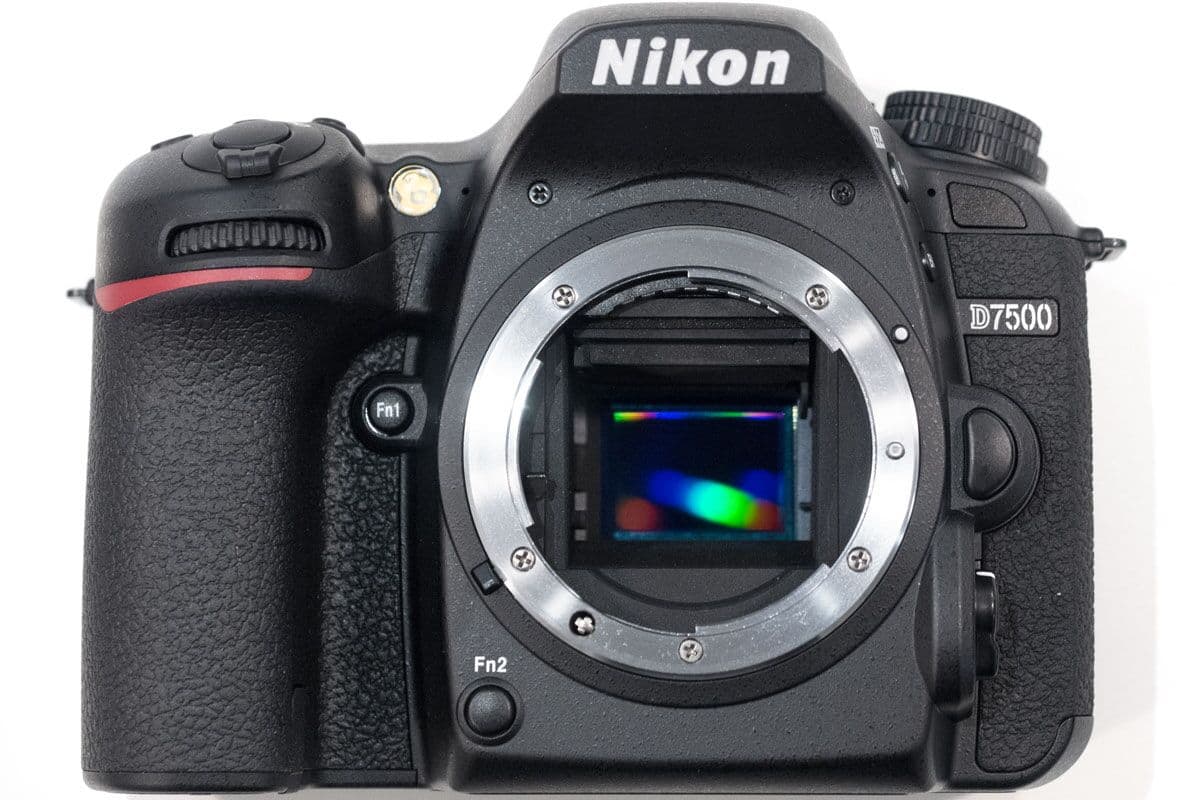
Nikon has based the D7500 around the same 20.9MP sensor as the D500
Both the D7500 and the Nikon D500 use the same sensor and processor combination. That means you get a 20.9 million pixel APS-C (DX format) sensor with an EXPEED 5 processor in either camera. For this reason, image quality should be pretty much the same, no matter which you choose.
Nikon D7500 vs Nikon D500: ISO
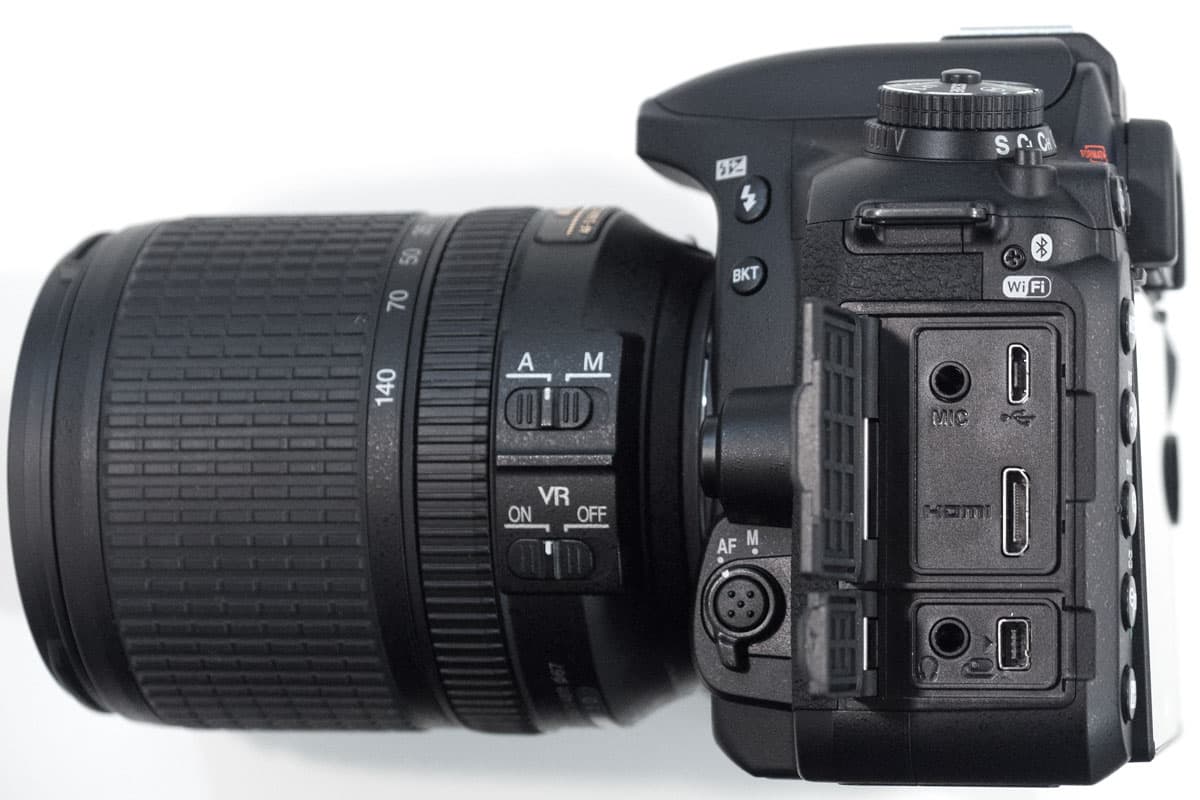
Unsurprisingly, ISO range is also the same for both cameras. They each boast a native range of ISO 100 – 51,200, which is expandable up to ISO 1,640,000.
Nikon D7500 vs Nikon D500: AF
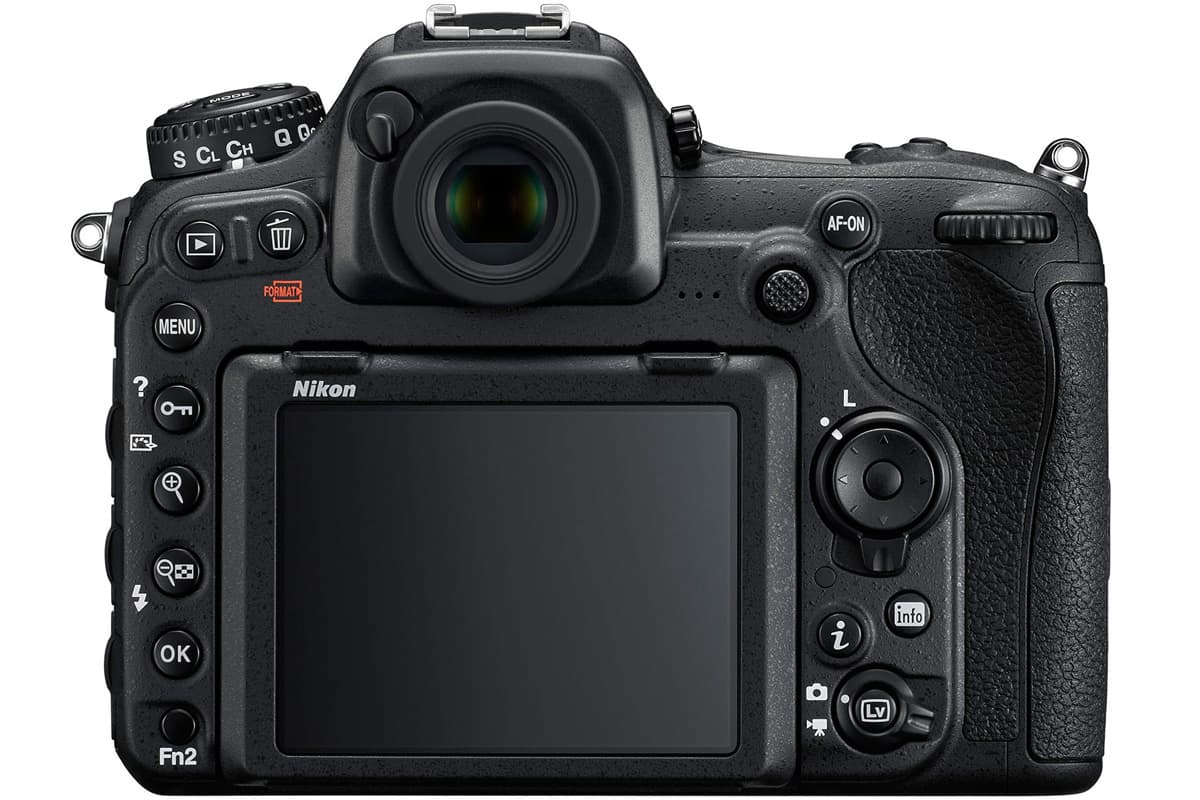
Here’s one of the key differences between the two cameras. While the D7500 has a 51-point AF system which is capable of focusing in -3EV, the D500 has a more advanced 153-point system (of which 99 are the more sensitive cross-type). The D500 is also a little more capable in lower light, being sensitive down to -4EV.
Nikon D7500 vs Nikon D500: Video
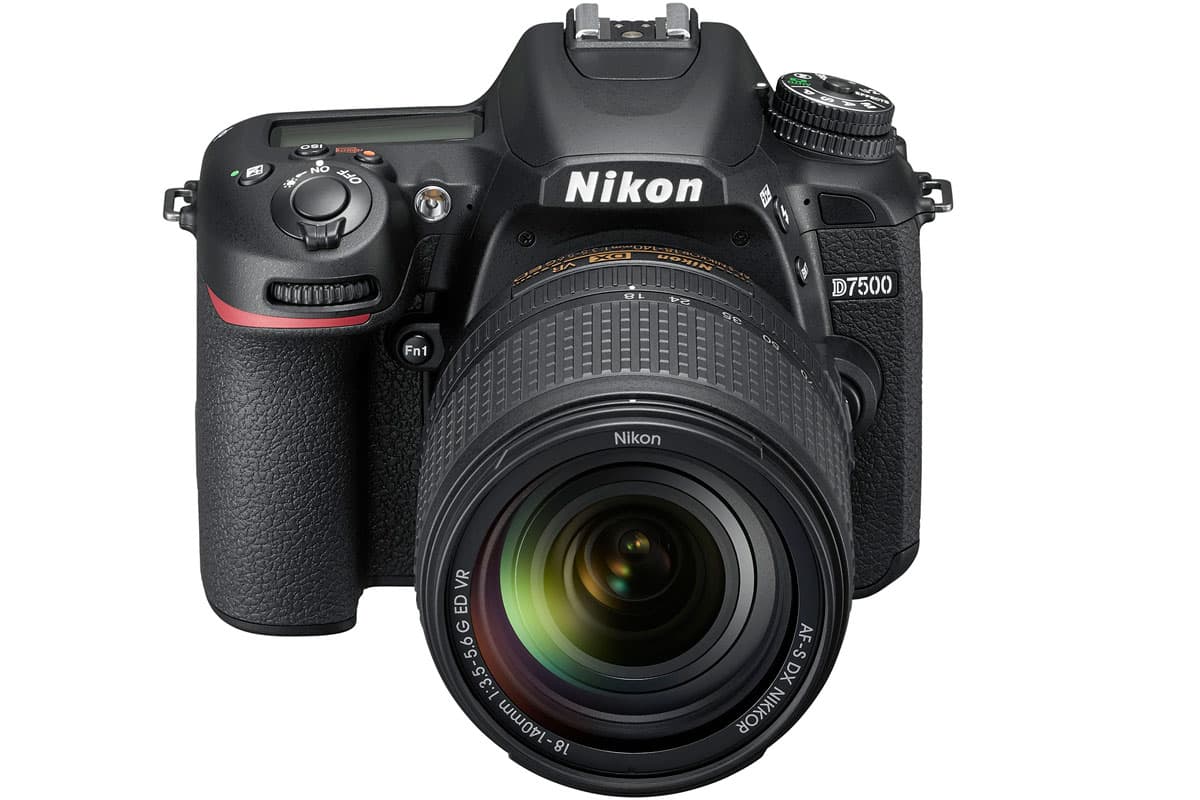
Another match here as both the D7500 and the D500 can shoot in 4K at frame rates up to 30p. Full HD video recording is also available at frame rates up to 60. It’s also possible to create time-lapse videos in camera with either model.
Nikon D7500 vs Nikon D500: Frame rate

A clear indicator that the D500 is aimed at a slightly more advanced audience is the faster frame rate of 10fps it offers, compared with the 8fps from the D7500. Not only that, but the D500’s buffer means it can shoot up to 200 raw (NEF) or JPEG files in one go, while the D7500 manages a more modest 50 raw (NEF) or 100 JPEG shots.
Nikon D7500 vs Nikon D500: Screen
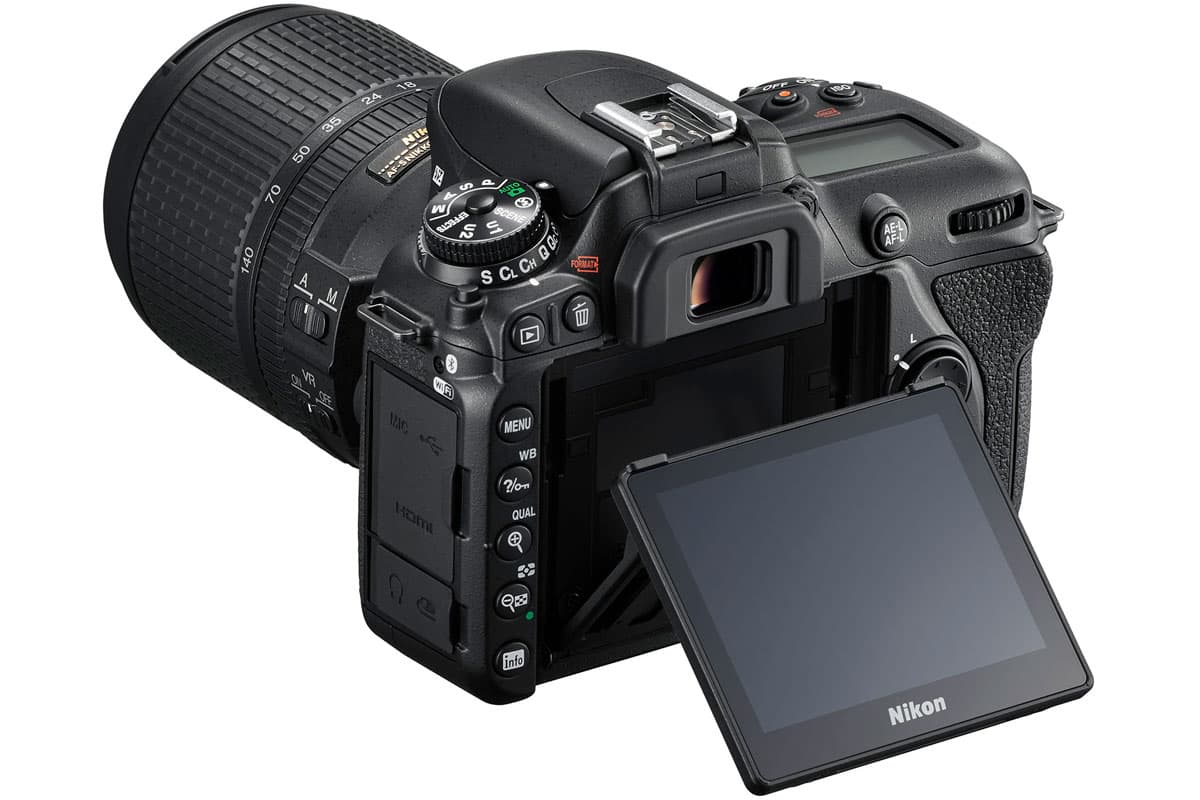
The new Nikon D7500 has a slim, tilting 3.2-inch screen, which is touch-sensitive. It has a resolution of 922k-dots. Meanwhile, the D500’s screen is also 3.2-inches, tilting and touch-sensitive, but it has a much higher resolution of 2359k-dots.
Nikon D7500 vs Nikon D500: Viewfinder
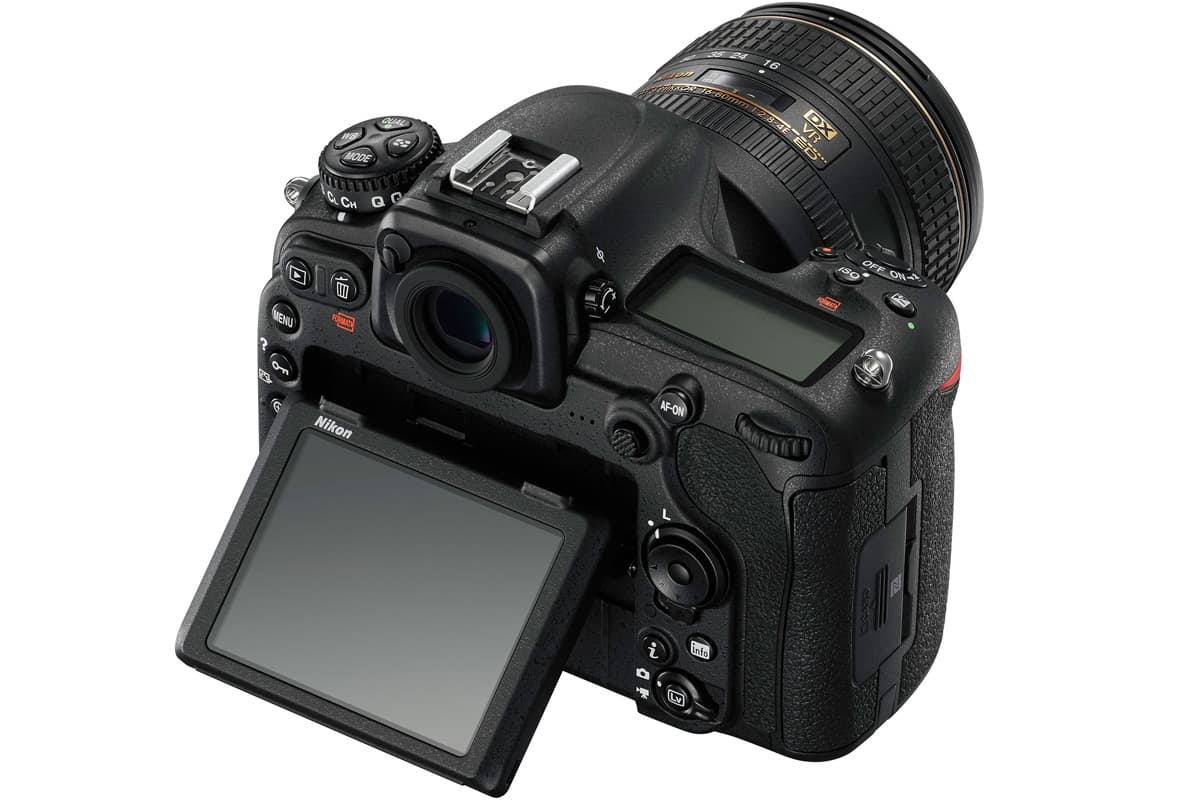
Both of these cameras have optical viewfinders, both of which offer 100% coverage. The D500’s is ever so slightly better, offering 1.0x magnification, compared with the still impressive 0.94x magnification of the D7500’s finder.
Nikon D7500 vs Nikon D500: Connectivity
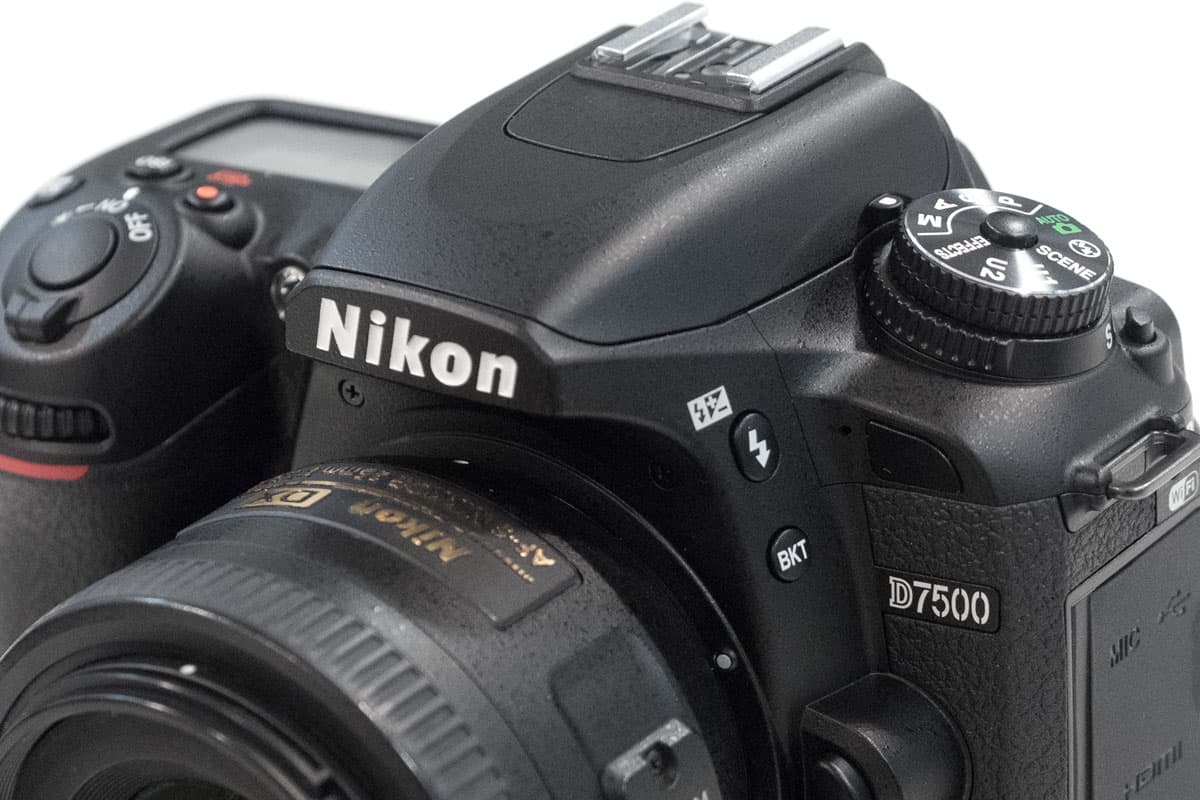
Here we see another shared specification, with both the D500 and D7500 having Wi-Fi and Bluetooth connectivity. You can use Nikon’s Snapbridge app to automatically transfer your shots over to your phone while you’re shooting – that’s super handy for quickly sharing on Instagram and Facebook.
Nikon D7500 vs Nikon D500: Body
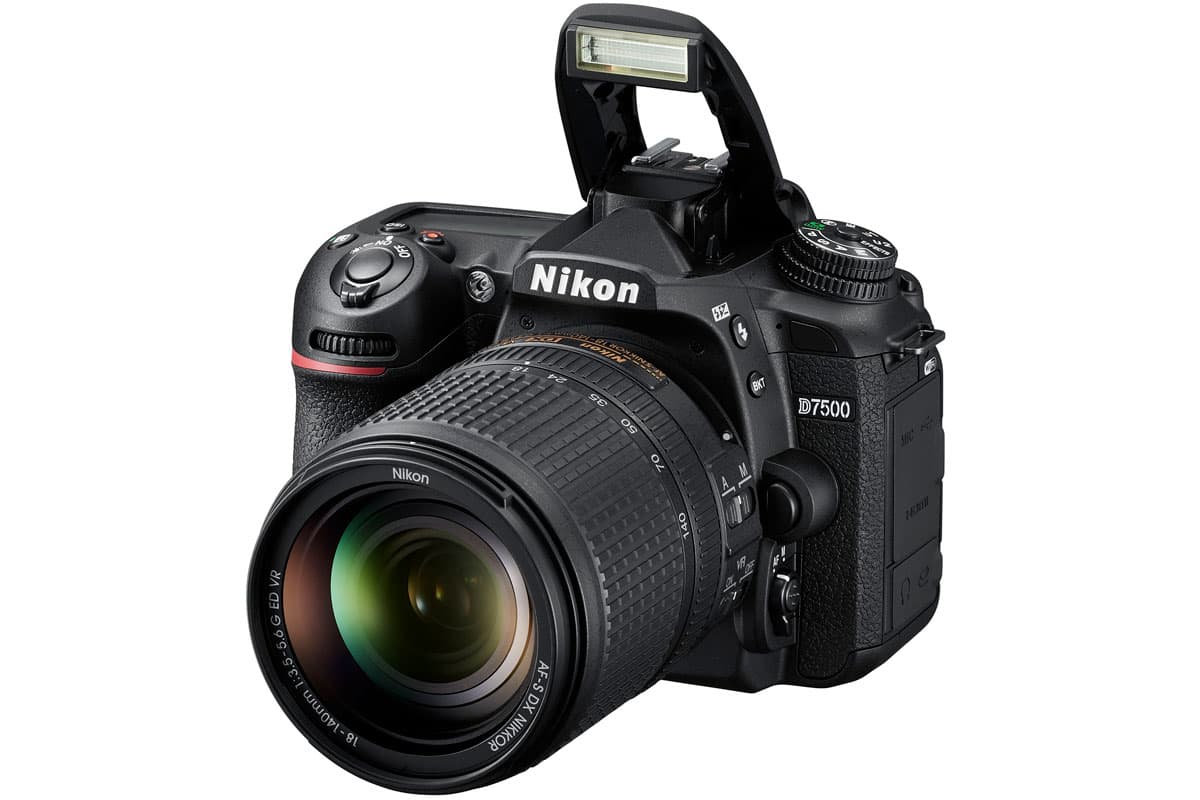
One of the key differences between the two cameras is the smaller and lighter body design of the D7500. This has the benefit of being easier to carry around, but you do lose some of the advantages of the D500’s bigger body – one such sacrifice is that the D7500 doesn’t have a control joystick like the D500. The D7500 weighs 640g (body only, including battery and memory card), while the D500 is 860g. Similarly, the D500’s larger body size means it has space for two memory card slots (one XQD, one SD UHS-II), while the D7500 only has one SD card slot, which is UHS-I compatible. Both of the cameras are weather-sealed, which is great news for outdoor shooting.
Nikon D7500 vs Nikon D500: Price
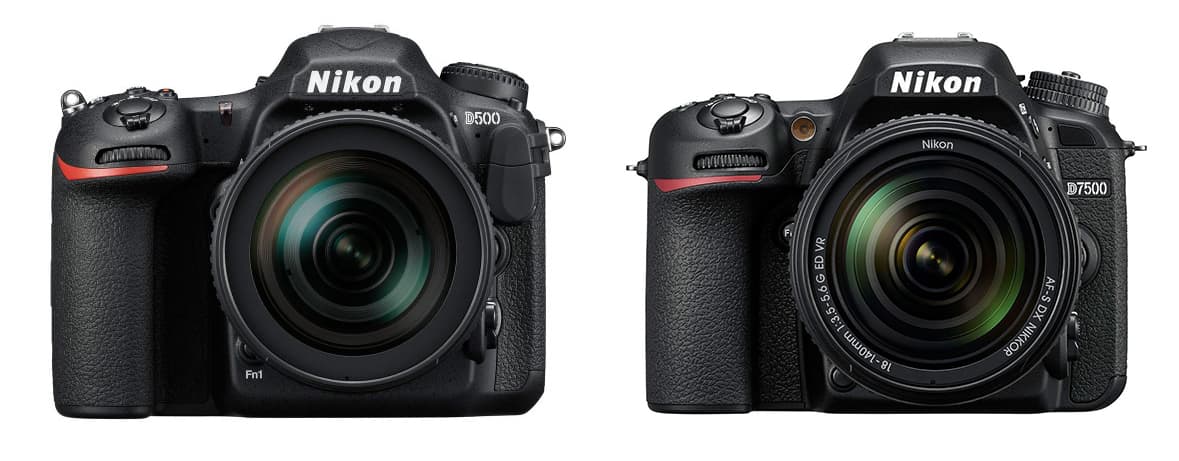
Of course, one of the crucial differences between the two cameras is price. If you’re happy to live without some of the extra features of the D500, the D7500 will be available at a significant cost saving. Right now, you can pick up a D500 for around £1729 (body only), while the recommended price of the D7500 will be £1299 (body only). We can also expect the price difference to become a little more marked as prices drop once the D7500 enters the market.
Nikon D7500 vs Nikon D500: Verdict
On paper it seems that both of these cameras are excellent choices, offering a lot to photographers which choose either model. If you’re a more advanced photographer, or perhaps someone who likes to shoot sports and action, or a lot of very low-light shots, then the D500 is arguably the better choice. But for anybody else, you get the same image quality in a cheaper and smaller body by going for the D7500.
Read more:
Nikon D7500 review: hands-on first look

